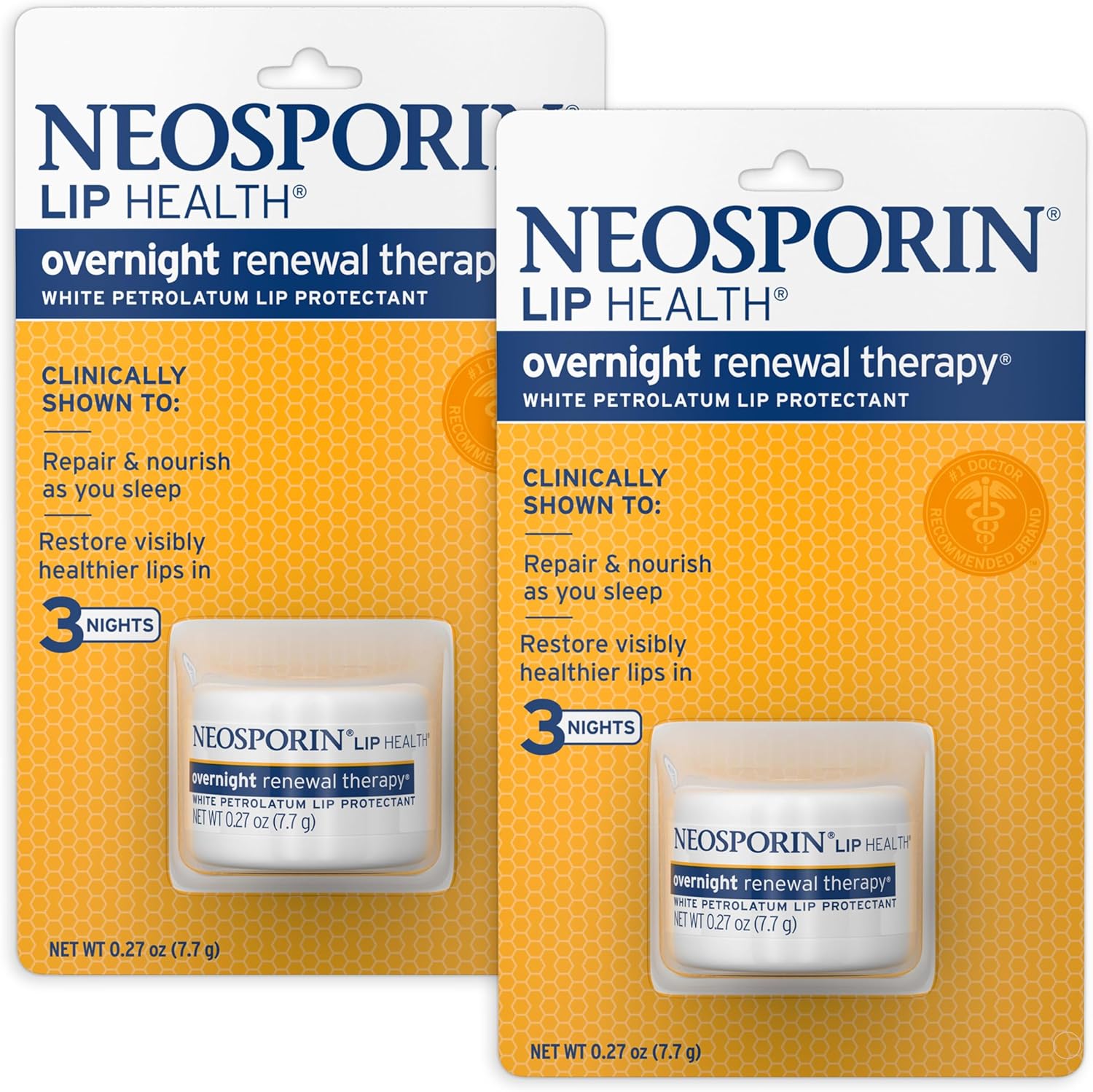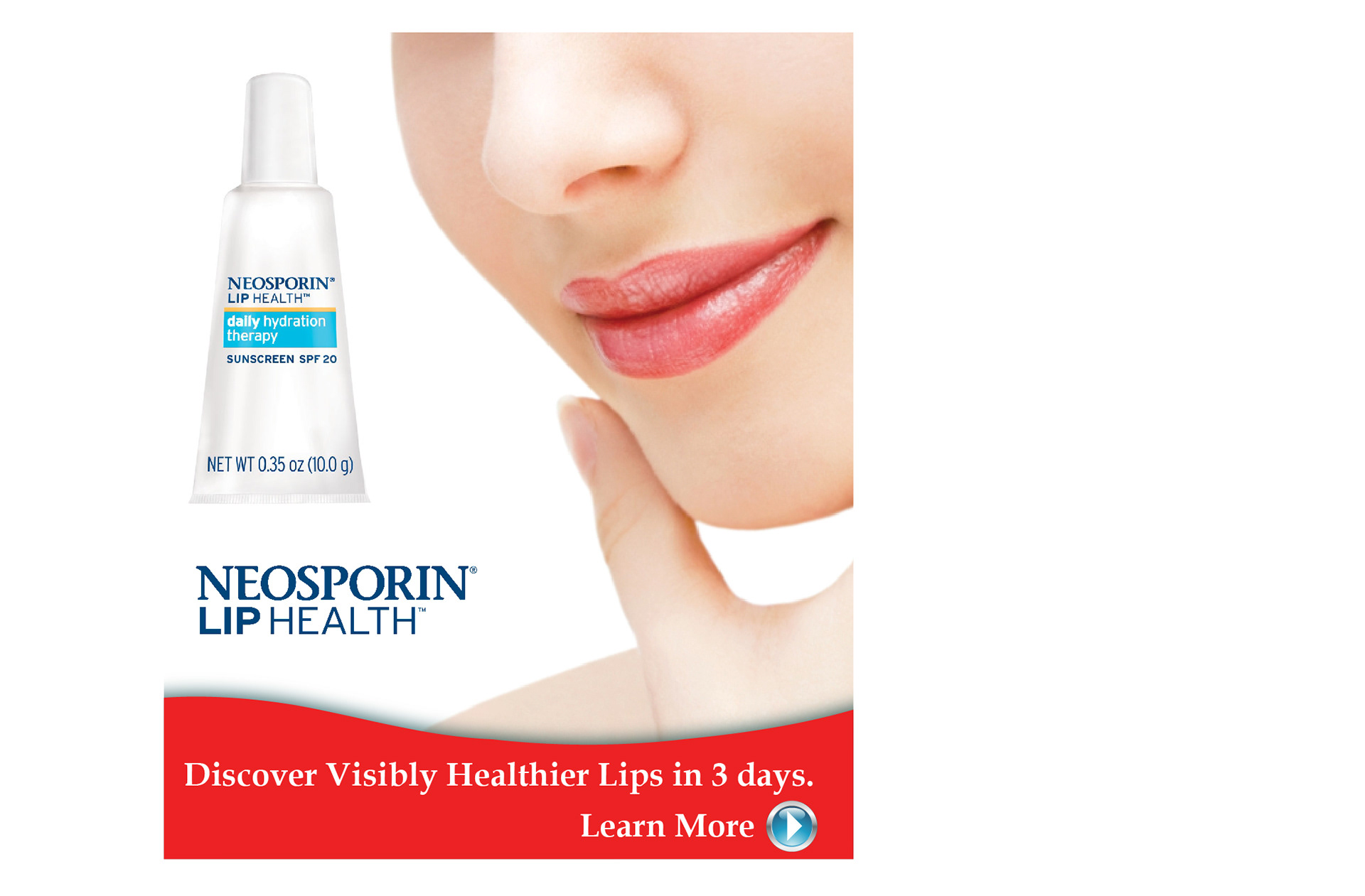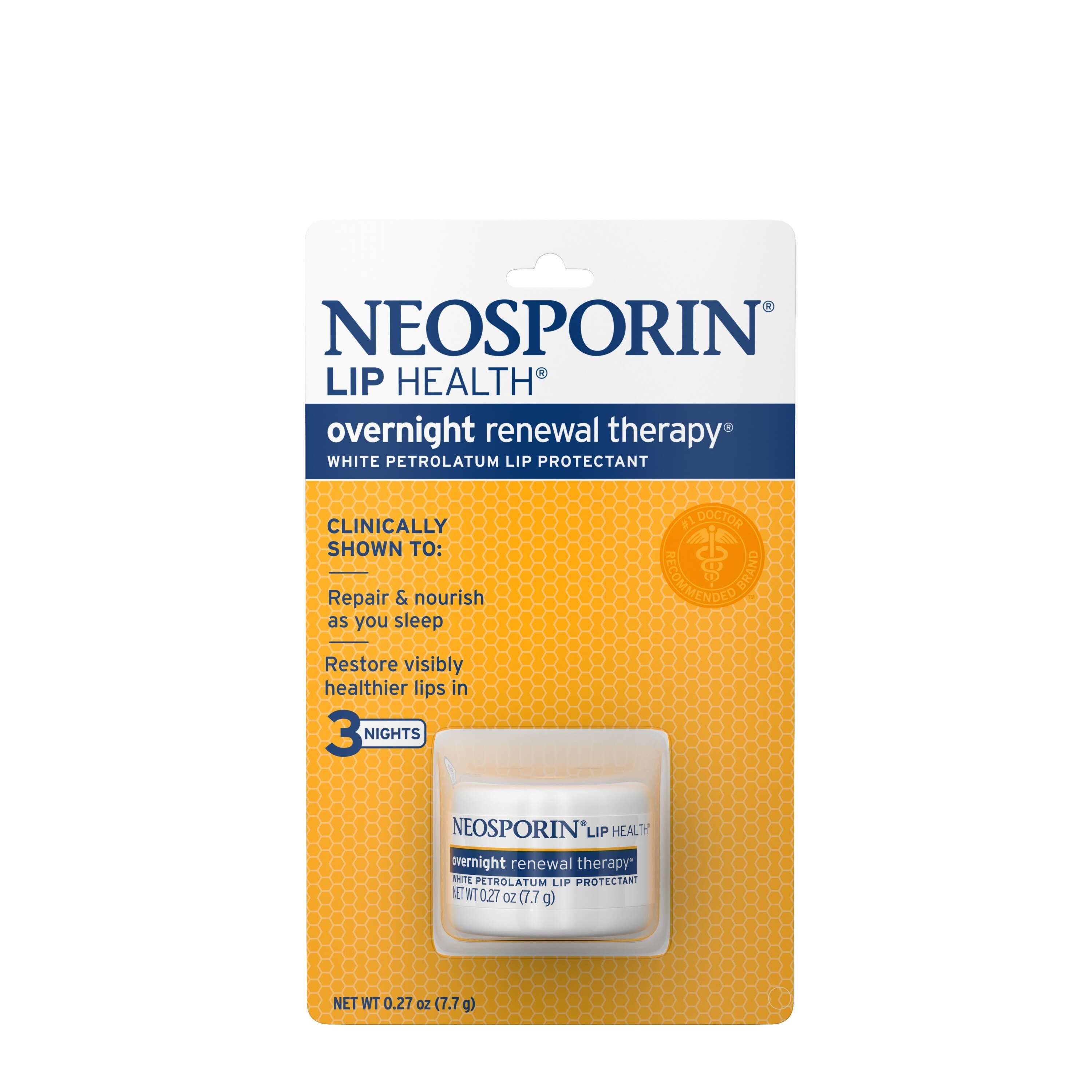Neosporin On Lip: Is It Safe For Minor Scrapes And Wounds?
When a small cut or scrape shows up on your lip, it can feel like a really big deal. You might wonder what to put on it. Many people reach for an antibiotic ointment like Neosporin. It's a common item in most home medicine cabinets, you know. But is putting Neosporin on lip skin a good idea? This is a question many folks have. It's especially true when the injury is so close to your mouth. You might worry about accidentally getting some of it inside.
Thinking about using something like Neosporin on lip areas can bring up questions. What if it's for a very young child, for instance? You want to be sure you are doing the right thing. It's a natural thing to feel, really. People often look for quick ways to help a small injury heal well. They also want to keep it from getting worse.
This article will look into using Neosporin for those little lip owies. We will talk about what it does. We will also talk about how to use it safely. There are ways to help your lip feel better. You can do this without causing other problems, too. We will share some helpful tips for you. So, you can feel more sure about what to do.
Table of Contents
- Understanding Neosporin: What It Is and How It Works
- Why Lips Are Different: Special Considerations for Lip Wounds
- Is It Safe to Put Neosporin on Your Lip?
- How to Use Neosporin on Lip Wounds the Right Way
- When to See a Doctor About a Lip Injury
- Frequently Asked Questions About Neosporin on Lips
- Final Thoughts and Next Steps for Lip Care
Understanding Neosporin: What It Is and How It Works
Neosporin is a common name for a type of ointment. It has three different ingredients that work against tiny germs. These ingredients are bacitracin, neomycin, and polymyxin B. They are all antibiotics. When you put this ointment on a cut, it helps stop germs from growing there. This can help keep the cut from getting infected. That is the main goal, you know.
The way it works is by fighting off common types of bacteria. These bacteria often live on our skin. If they get into an open cut, they can cause problems. An infection can make a cut hurt more. It can also make it take longer to heal. So, using an antibiotic ointment like this can be a simple step. It can really help with the healing process, too.
It's meant for small cuts, scrapes, and burns. It creates a sort of barrier over the skin. This barrier helps keep the wound moist. A moist wound can actually heal better. It can also help reduce the look of scars later on. This is a benefit many people like. So, it does more than just fight germs, in a way.
Why Lips Are Different: Special Considerations for Lip Wounds
The skin on your lips is not like the skin on other parts of your body. It is much thinner, you see. It also does not have oil glands. This means lips can get dry and chapped very easily. They are also exposed to a lot of things. We eat, drink, and talk with our lips. This means they are always moving, too.
Because lips are always moving, cuts on them can take longer to heal. The constant stretching and movement can open up the wound again. This makes it harder for the skin to mend itself. Plus, the mouth is full of many different kinds of germs. This is normal, of course. But it does mean that any cut near or on the lip has a higher chance of getting infected. That is just how it is, sometimes.
Another thing is that we tend to lick our lips. This can make a cut even worse. Saliva can wash away any protective ointment. It can also introduce more germs to the area. So, taking care of a lip wound needs a bit more thought. It's not quite the same as a cut on your arm, you know.
Is It Safe to Put Neosporin on Your Lip?
For Adults and Older Children
For adults and older children, putting a very small amount of Neosporin on a minor lip cut or scrape is generally okay. You should always make sure the wound is clean first. Wash it gently with soap and water. Then pat it dry. After that, you can put a tiny bit of the ointment on it. You just want to cover the cut itself. You don't need a lot, really.
The main concern is getting the ointment inside your mouth. While swallowing a tiny amount is usually not harmful, it's not meant to be eaten. It can taste bad, for one thing. Some people might also have a slight upset stomach if they swallow too much. So, being careful with how much you use is key. You want to use just enough to do the job.
Some people can have a skin reaction to one of the ingredients in Neosporin. This is not very common, but it can happen. If you notice any redness, itching, or swelling that gets worse after using it, you should stop. This could mean you are sensitive to it. It's good to pay attention to how your skin reacts, you know.
For Babies and Very Young Children
Using Neosporin on a baby's lip, or any part of a baby, is a bit different. My own experience comes to mind here. My child's doctor, a pediatrician, once suggested Neosporin for my four-month-old if he got scratched. This made me pause. I had this idea, you see, that you weren't supposed to use it on very young babies. I didn't have a clear reason for this thought, though. It was just a feeling, you know.
The main worry with babies is that they put everything in their mouths. They might lick the ointment right off their lip. They might also rub it with their hands and then put their hands in their mouth. Swallowing even a small amount could be more of a concern for a very tiny baby. Their bodies are still so small. So, any amount of medicine could have a bigger effect on them.
For babies, it's often best to talk to their doctor first. A doctor can tell you if Neosporin is the right choice. They might suggest something else. Or they might give you specific instructions on how to use it safely. For my baby, the advice was to wash and dry the scratch, then put the Neosporin on it. The suggestion was also to take a picture of the scratch first. This was to have a starting point. That way, you could see if it got red or swollen later. This is a really good idea, actually, to track changes. But still, the thought of putting it on a baby made me feel a bit unsure, you know, even with a doctor's word. I had nothing really to back up my worry, though, just that feeling.
For very young children, plain petroleum jelly might be a safer choice for minor cuts. It helps keep the wound moist and protected. It does not have any active ingredients that could be harmful if swallowed. This is often a go-to for parents. It's a simple and effective way to help small wounds heal, too.
How to Use Neosporin on Lip Wounds the Right Way
If you decide to use Neosporin on a lip wound, doing it correctly is important. First, always wash your hands well with soap and water. This helps keep new germs away from the cut. Then, gently clean the cut itself. You can use mild soap and cool water. Rinse it very well. Make sure no soap is left behind, you know.
After cleaning, pat the area dry with a clean cloth or tissue. Be very gentle. You don't want to rub the wound. Just a soft pat will do. Once it's dry, squeeze out a tiny amount of Neosporin onto a clean finger or a cotton swab. A very small dab is all you need. Think of it like a pea-sized amount, or even less for a tiny cut.
Carefully apply the ointment directly to the cut. Try to keep it only on the wound itself. Avoid getting it on the healthy skin around it if you can. If it's a cut right on the edge of the lip, be extra careful. You don't want to get it inside your mouth. You might want to apply it when you won't be eating or drinking for a little while. This can help it stay put, too.
You can apply it one to three times a day. Follow the directions on the package. Or follow what your doctor tells you. Keep the wound covered with the ointment until it looks like it's healing well. If you see any signs of infection, like more redness, pus, or increased pain, stop using it. Then, it's time to get some medical advice. That is just a good rule to follow, you know.
When to See a Doctor About a Lip Injury
While many small lip cuts can be handled at home, some need a doctor's care. It's always better to be safe than sorry, you know. If the cut is deep, or if it's very wide, it might need stitches. This is especially true if you can see fat or muscle. A cut that won't stop bleeding also needs immediate attention. Apply firm pressure for a few minutes. If the bleeding doesn't slow down or stop, get help. That is a clear sign, you know.
If the cut was caused by something dirty, like a rusty nail or an animal bite, see a doctor. These kinds of wounds have a higher risk of infection. You might also need a tetanus shot. Or you might need other shots. This is really important to consider, actually.
Look out for signs of infection. These can show up a day or two after the injury. Signs include redness that spreads out from the wound. You might also see swelling that gets worse. There could be pus coming from the cut. Or you might feel more pain. A fever is another sign that something is not right. If you see any of these, it's time to visit a healthcare provider. They can check it out and give you the right treatment. This is just a smart thing to do, you know.
If you are unsure about a lip injury, it is always a good idea to talk to a doctor. They can give you peace of mind. They can also make sure you are doing the best thing for your health. You can learn more about wound care on our site, and link to this page for more detailed information on preventing infections.
Frequently Asked Questions About Neosporin on Lips
Can I use Neosporin on chapped lips?
No, Neosporin is not for chapped lips. It's an antibiotic ointment. It is meant for cuts and scrapes to prevent infection. Chapped lips usually just need a good lip balm. A balm helps to moisturize and protect them. Using Neosporin on chapped lips could cause other problems. It's not what it's made for, you know.
What happens if I accidentally swallow Neosporin?
Swallowing a very tiny amount of Neosporin is usually not a big deal. You might get a bad taste in your mouth. Some people could feel a little sick to their stomach. If you swallow a larger amount, or if you feel unwell, you should call a doctor or poison control. It's always best to avoid swallowing it, of course. Just be careful with it, you know.
Are there alternatives to Neosporin for lip cuts?
Yes, there are other options. Plain petroleum jelly is a common one. It helps keep the wound moist. It also creates a protective barrier. This can help with healing. Some people use other single-ingredient antibiotic ointments. But always check with a healthcare professional. This is especially true for children. They can tell you what is best for your situation, you know.
Final Thoughts and Next Steps for Lip Care
Taking care of a small lip cut can seem tricky. But with the right steps, you can help it heal well. Remember to keep the wound clean. Apply any ointment very gently. Use only a small amount, too. Being careful is a really good idea, you know.
For adults and older kids, a tiny bit of Neosporin can be okay for minor scrapes. Just try your best not to swallow it. For babies and very young children, it's a different story. It is really important to talk to their doctor first. They can give you specific advice. Plain petroleum jelly is often a safer choice for the little ones. It's a simple way to help, you know.
Always watch for signs that a wound is getting worse. Things like more redness or swelling mean it's time to get medical help. Your health is very important. So, don't hesitate to reach out to a healthcare provider if you have any worries. They are there to help you. For more information on general wound care, you might look at a reputable health resource, like the Mayo Clinic's advice on cuts and scrapes. Staying informed helps you make good choices for your health. That is a truly good thing to do, you know.

2-Pack 0.27-Oz Neosporin Lip Health Overnight Renewal Therapy

Britta Hoskins - Neosporin Lip Health

Neosporin Lip Health Overnight Renewal Therapy White Petrolatum Lip